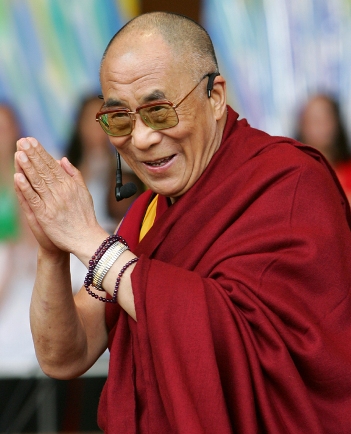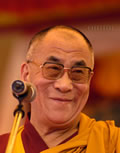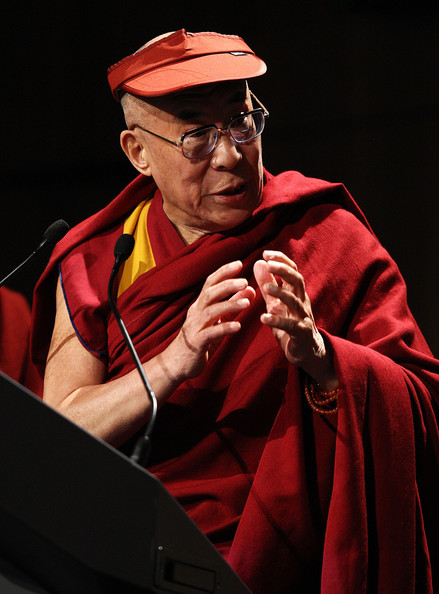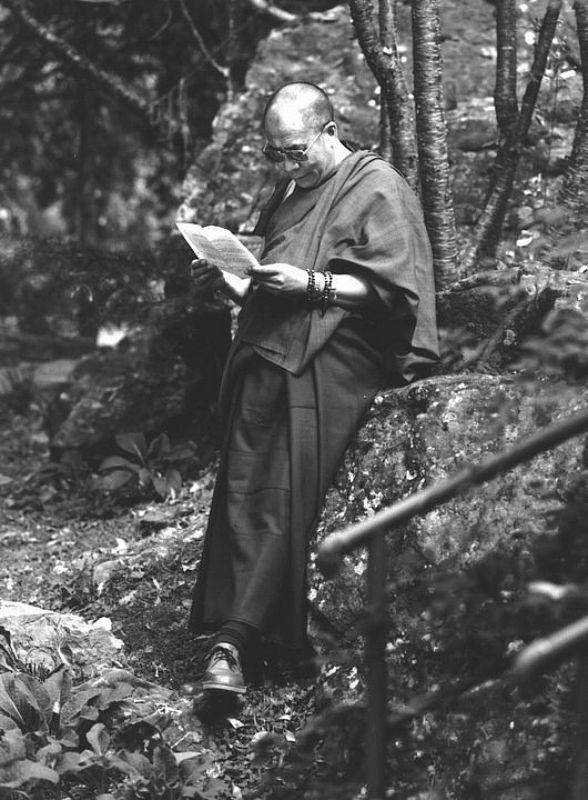
His Holiness the Dalai Lama: These passages also give us an idea of the qualities we will attain if we practice the Dharma as the Buddha instructed.
His Holiness the Dalai Lama: The qualities of Buddha-nature. The Tathāgata’s Qualities
Editor’s Note: In this excerpt from their new book Buddhism: One Teacher, Many Traditions, the Dalai Lama and Thubten Chodron explore the qualities of the Tathāgata. The Encyclopedia Britannica defines Tathāgata as “one of the titles of a Buddha and the one most frequently employed by the historical Buddha, Siddhartha Gautama, when referring to himself. The exact meaning of the word is uncertain; Buddhist commentaries present as many as eight explanations. The most generally adopted interpretation is ‘one who has thus (tatha) gone (gata)’ or ‘one who has thus (tatha) arrived (agata),’ implying that the historical Buddha was only one of many who have in the past and will in the future experience enlightenment and teach others how to achieve it. In later Mahayana Buddhism, Tathagata came to convey the essential buddha nature hidden in everyone.”
Prologue

His Holiness the Dalai Lama: These passages also give us an idea of the qualities we will attain if we practice the Dharma as the Buddha instructed.
Due to the great kindness of the Buddha, who taught the Dharma and established the Saṅgha, the teachings showing the path to liberation have been clearly set forth for sentient beings to follow. As the Buddha’s doctrine spread throughout the Indian subcontinent and then into other countries, different Buddhist traditions emerged. Continue reading


 . Generosity
. Generosity